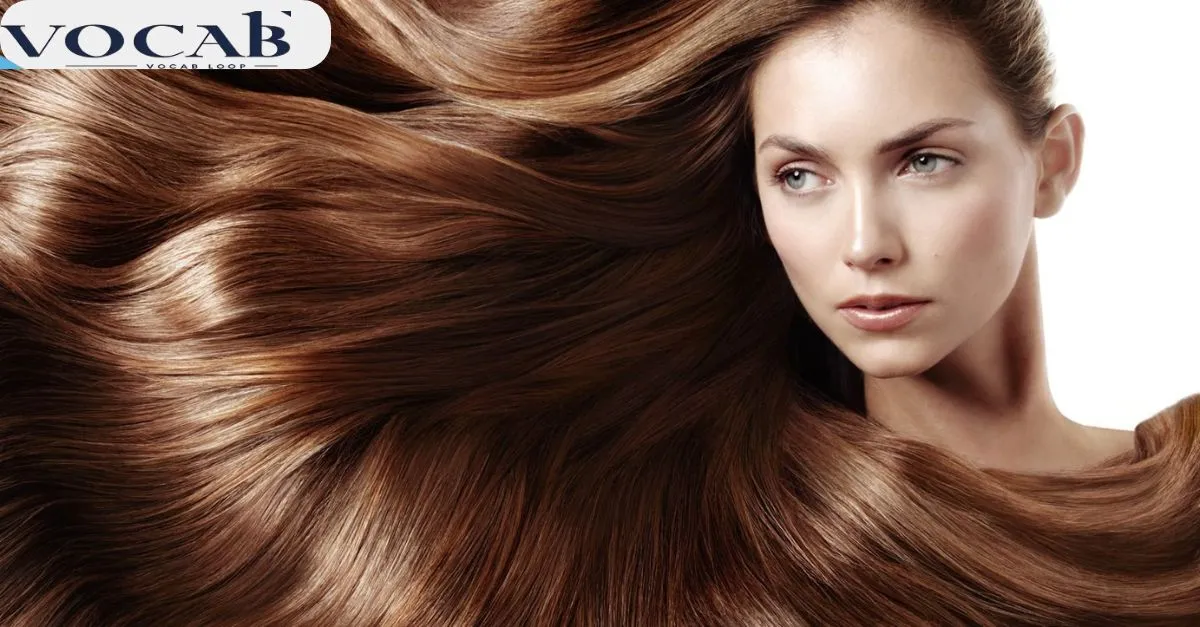Understanding the plural form of hair can be tricky because English grammar rules often blur the lines between countable and uncountable nouns. Is it “hair” or “hairs”? Should we refer to multiple strands as “hair” collectively, or is “hairs” ever acceptable? These questions often confuse both English learners and native speakers. In most cases, “hair” is uncountable and used to describe all the strands on a person’s head, like in “Her hair is beautiful.”
However, when referring to individual strands, the plural form “hairs” is appropriate, as in “I found three hairs on my pillow.” The distinction between “hair” and “hairs” depends on the context—whether you’re talking about the collective mass or specific, countable strands. Understanding this difference is key to using “hair” correctly in English.
What is the plural of hair?
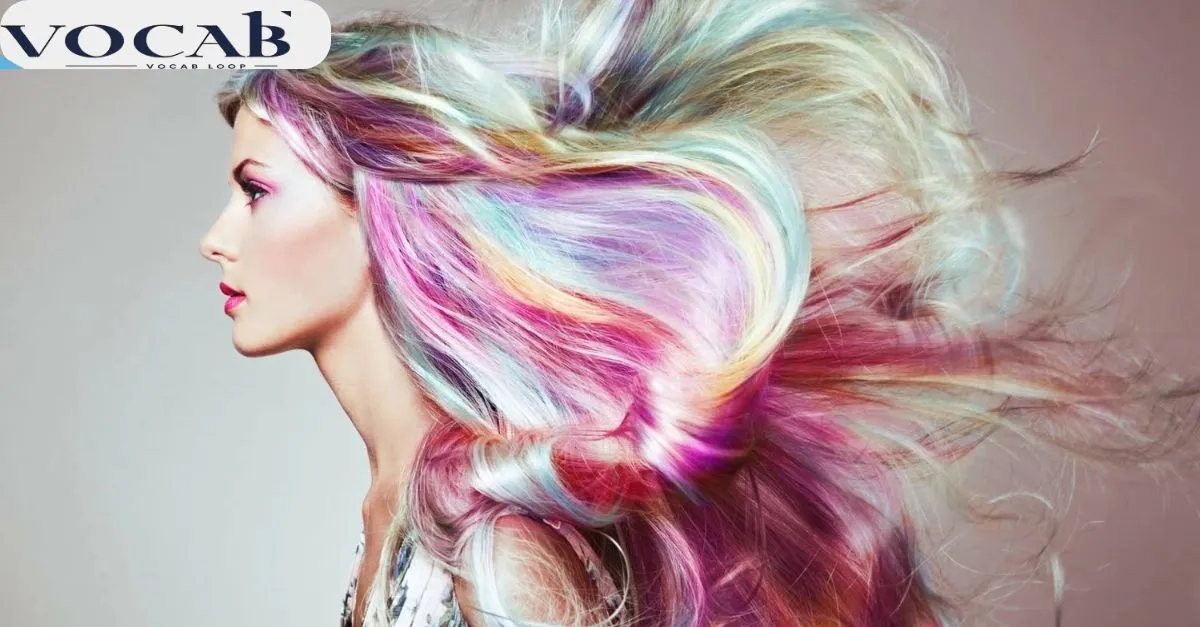
The word hair is unique because it functions as both a mass noun and a countable noun. Generally, “hair” is treated as a singular collective noun when referring to all the strands on someone’s head, such as in “Her hair is stunning.” This use emphasizes the entire mass of hair.
However, when discussing specific strands, the plural form “hairs” is used, as in “I found three hairs on my shirt.” The key to using these forms correctly lies in context—whether you’re talking about the whole mass of hair or individual strands. Understanding this distinction is essential for proper grammar and usage, ensuring clear and accurate communication.
Is the word Hair correct?
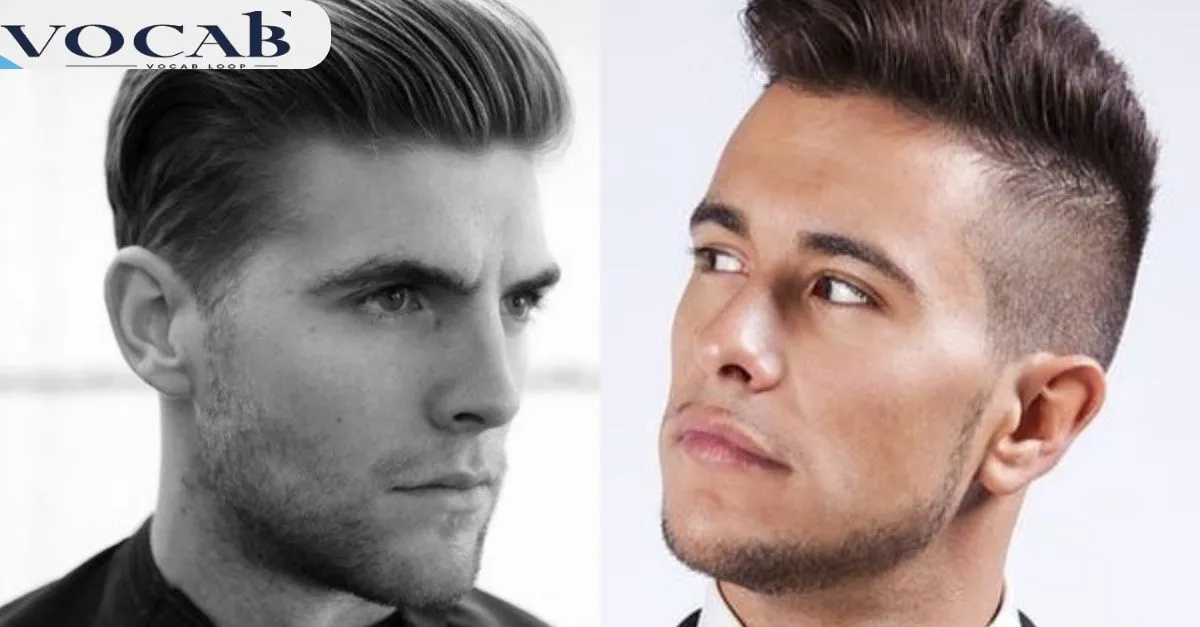
Yes, “hair” is always correct, but its usage depends on the context. As a mass noun, “hair” refers to the collective strands on a person’s head, and it doesn’t require a plural marker like “s” to indicate quantity. For example, we say, “Her hair is thick” without adding an “s” because we are referring to the whole mass.
However, when counting distinct, individual strands, “hairs” is used, as in “I found three hairs on the floor.” Understanding the dual role of “hair” helps avoid grammatical errors and ensures proper singular vs plural usage, allowing for clearer and more accurate communication in both written and spoken English.
Definition:
The word hair refers to the thin strands growing from the skin, particularly on the scalp. It can also describe similar fibers found on animals or plants. As a noun, hair is versatile, used in both literal contexts, like describing a person’s appearance, and metaphorically, in expressions such as “the hair on your head stands up.”
Its flexibility makes it an essential part of the English language, appearing in various contexts beyond just physical traits.
Meaning:
The meaning of hair goes beyond just physical strands. Literally, it can refer to everything from a single strand to an entire head of hair. Figuratively, phrases like “split hairs” or “hang by a hair” show how hair plays a role in common expressions.
Its dual meaning as both a countable and mass noun makes it a unique and fascinating part of the English language, offering versatility in both everyday conversation and idiomatic speech.
Usage:
In sentences, the plural form of hair depends on whether you’re emphasizing individual strands or a collective group. For example, “She has shiny hair” refers to the entire mass, while “I found two gray hairs” highlights separate strands.
The singular and plural forms of hair follow the context nouns rule, where the meaning changes based on the situation. This distinction helps clarify whether you’re referring to the collective or individual strands, ensuring correct usage in various contexts.
Plural of Hair as a part of speech
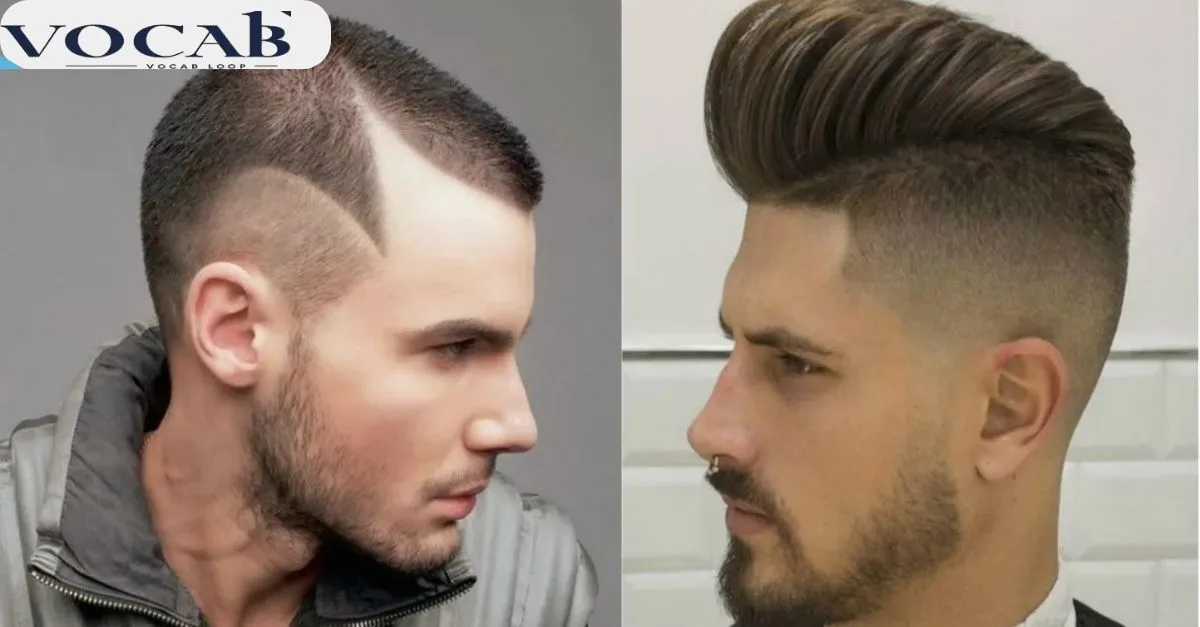
As a noun, hair operates in both countable and mass noun categories, showcasing its versatility. When used as a mass noun, it refers to a collective entity, much like “water” or “sand,” as in “Her hair is long and shiny,” where the focus is on the whole mass. However, in countable contexts, hair becomes hairs, used to refer to individual strands.
For example, “Several hairs were scattered on the floor” emphasizes distinct strands of hair. This adaptability of hair makes it a prime example of a versatile noun in English, changing its form based on context to provide clarity and precision in communication..
Pronunciation of Plural of Hair
The pronunciation of “hair” remains consistent whether it is used in singular or plural form. It is pronounced as /hɛr/, whether you are talking about a single strand or an entire head of hair. However, when the plural form “hairs” is used, the addition of the “s” creates a slight /z/ sound at the end, pronounced as /hɛrz/.
This subtle change in sound marks the distinction between the collective noun “hair” and the countable noun “hairs,” though the core pronunciation remains similar. Understanding this difference can help in mastering both forms, ensuring clarity in both speech and writing.
| Word | Pronunciation |
| Hair | /hɛr/ |
| Hairs | /hɛrz/ |
Hair in British English
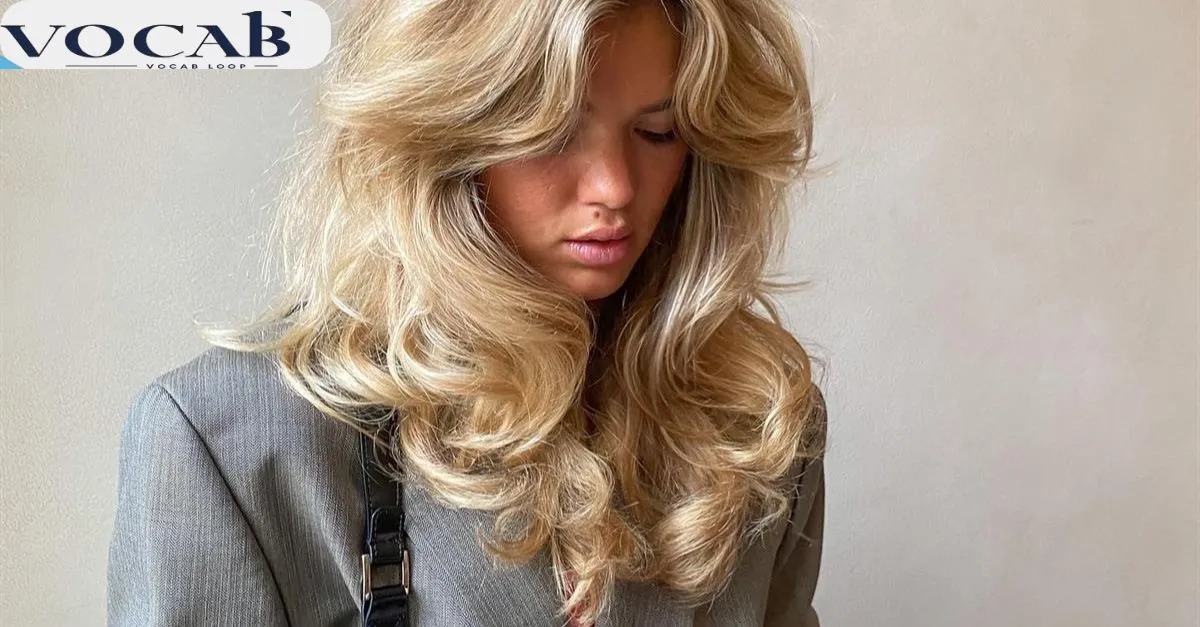
In British English, the word “hair” is primarily used as a mass noun, retaining its collective meaning in most contexts. For example, phrases like “She has beautiful hair” or “His hair is curly” are standard, emphasizing the entirety of someone’s hair. The plural form “hairs” is rarely used and typically only appears
When referring to individual strands, such as “I found a few hairs on the sofa.” This distinction underscores the flexibility of “hair” as both a collective and countable noun, with its plural form reserved for specific situations requiring precise description of separate strands.
Hair in American English
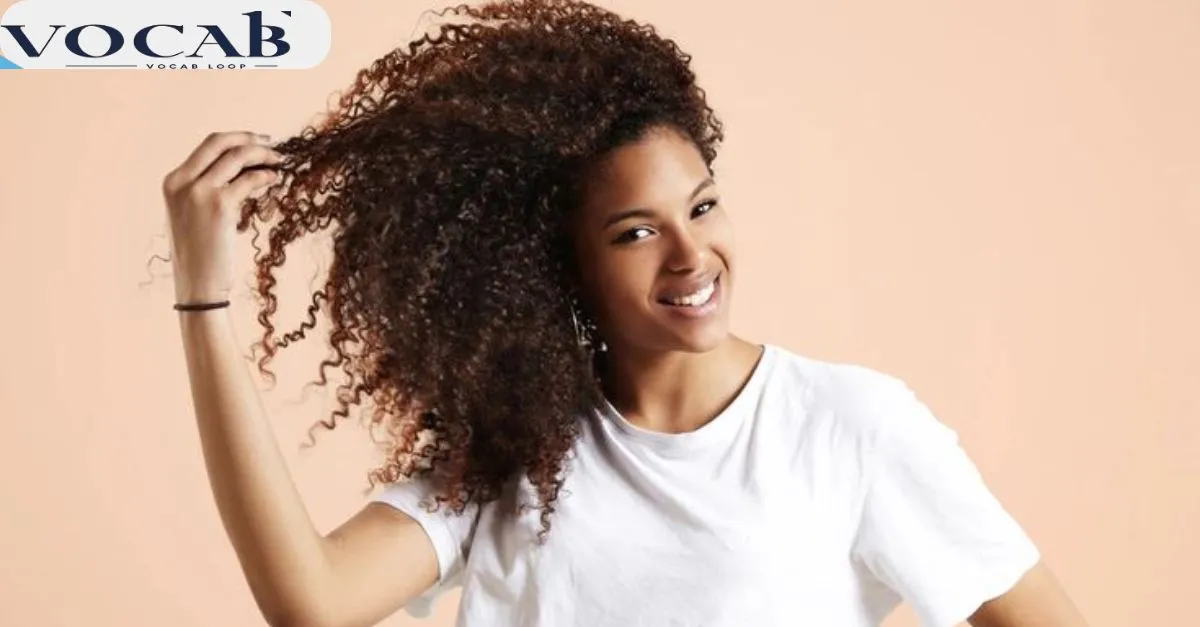
In American English, the usage of “hair” and “hairs” largely aligns with general grammar rules, but there’s a slightly greater tendency to use “hairs” when referring to specific strands. For example, an American might say, “There are two hairs on your sweater,” emphasizing individual strands.
In contrast, British speakers might prefer phrasing like, “There are a couple of hairs on your jumper.” This subtle variation reflects regional preferences, but the underlying grammar remains the same: “hair” is a mass noun collectively, while “hairs” specifies distinct strands.
How mistakes occur and how to avoid them
Common mistakes with the word hair often involve overusing “hairs” when referring to hair collectively or mistakenly believing that “hair” cannot be plural. To avoid confusion, remember that hair is typically an uncountable noun, used to describe the entire set of strands on someone’s head. For example, “Her hair is beautiful” refers to the whole mass. Use “hairs” only when specifying individual strands, such as in “I found three hairs on my jacket.”
Understanding this distinction is key to maintaining correct usage and ensuring clear communication. By recognizing when to use “hair” versus “hairs,” you can avoid common errors and communicate more effectively.
Origins of Plural of Hair

Hair:
The word hair traces its origins to Old English hǣr and has strong connections to Germanic roots, sharing similarities with the Dutch word haar and the German word Haar. Originally, it described collective strands, highlighting its role as a mass noun. Over time, the plural form “hairs” emerged to refer to individual strands, reflecting the development of English grammar and usage.
Beyond its linguistic history, hair has played a significant cultural role, often symbolizing beauty, identity, and status. Its versatility extends to idiomatic expressions like “split hairs” and “hang by a hair,” illustrating how deeply hair is woven into both the language and human expression. This makes it not only a functional word but also a symbol of cultural significance.
Synonyms of Plural of Hair
Hair:
- Fur
- Mane
- Down
- Plumage
- Bristles
- Filaments
- Whiskers
- Threads
- Tufts
- Bangs
Sentences in daily usage of Plural of Hair
Hair:
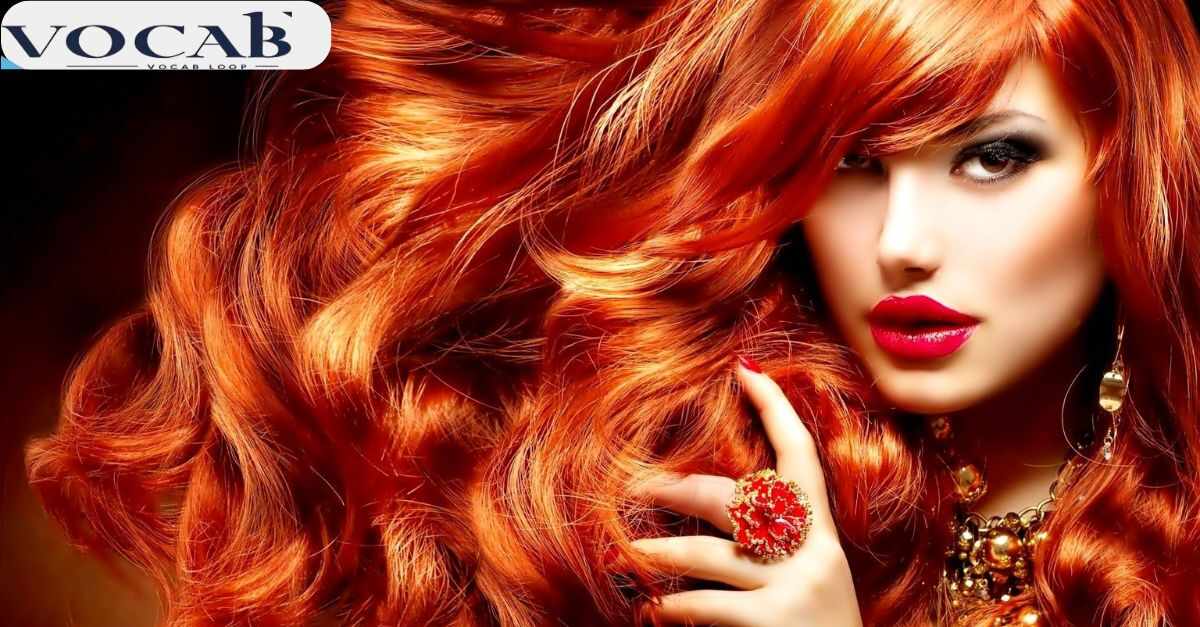
- Her hair is soft and silky, flowing smoothly as light catches each strand.
- His hair turned gray with age, gradually transforming from brown to distinguished silver.
- I brushed my hair before leaving, ensuring every strand was in place and neat.
- She cut her hair short for the summer, enjoying the fresh, cool feeling.
- His hair fell over his forehead, slightly messy, giving him a youthful, carefree look.
- Their hair was styled elegantly, perfectly arranged for the wedding, highlighting their beauty.
- I love how your hair looks today, effortlessly framing your face and adding radiance.
- Her hair shines in the sunlight, glowing with a natural luster in golden rays.
- His hair grows quickly after a cut, making it hard to maintain his style.
- My hair gets frizzy in humid weather, despite my best efforts to smooth it down.
FAQs
What is the plural of “hair”?
It depends on context. “Hair” is usually plural, but “hairs” is used for individual strands.
Is “hairs” ever correct?
Yes, when referring to separate strands.
How is “hair” a mass noun?
It represents a collective entity like water or sand.
Can “hair” be singular and plural?
Yes, the context determines its form.
What are common mistakes with “hair”?
Confusing “hairs” with collective “hair” or overusing “hairs.”
Conclusion
The plural form of hair highlights the adaptability of the English language, showcasing its ability to balance mass nouns and countable nouns. When referring to all the strands collectively, “hair” is used as a singular mass noun, such as in “Her hair is beautiful.” However, when specifying individual strands of hair, the plural “hairs” becomes appropriate, as in “I found three hairs on my sweater.”
Understanding these nuances ensures proper grammar usage and helps you avoid common mistakes. Context is essential in determining the correct form, making “hair” a compelling example of how English evolves. Mastering this distinction improves your English proficiency, emphasizing the importance of clarity and precision in communication.

Alex Hormozi is a seasoned blogger at Vocab Loop, known for his deep insights into language, vocabulary, and grammar. With years of experience in writing, Alex shares practical tips and effective strategies to help readers improve their linguistic skills and enhance their writing abilities.

